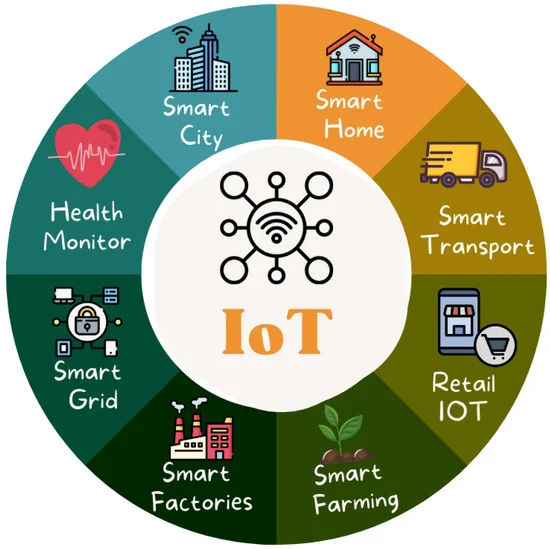Maintenance-Free IoT Networks: Lessons from Nature
How Nature Inspires IoT Innovation
Engineers are developing maintenance-free IoT networks by drawing inspiration from nature’s self-sustaining ecosystems. These networks reduce energy consumption, improve efficiency, and enhance longevity—key factors for widespread IoT adoption. From self-healing plants to efficient insect communication, nature offers smart solutions for IoT advancements.
Energy Efficiency Through Biomimicry
Many IoT devices struggle with high power consumption. Scientists are now studying energy-efficient biological systems to create low-power IoT networks. For example, researchers model network communication after ant colonies, where minimal energy is used for maximum efficiency. This approach helps businesses deploy long-lasting IoT solutions in remote and industrial settings.
Self-Sustaining IoT Networks
IoT networks that self-repair and adapt can significantly reduce maintenance costs. Just like plant root systems adjust to environmental changes, adaptive algorithms allow IoT devices to reconfigure themselves when disruptions occur. This advancement ensures reliable, long-term connectivity in smart cities, agriculture, and industrial automation.
The Future of Sustainable IoT
As IoT adoption grows, maintenance-free networks will become essential. By leveraging biomimicry and AI, businesses can develop energy-efficient, self-sustaining systems. To stay ahead of these trends, explore insights from IoT industry leaders.
For more details on IoT visit the following links:
The Impact of IoT on the Evolution of Smart Building Platforms
Ceragem Sets New IoT Standards in Home Healthcare
Industrial IoT Trends and Insights for 2024
Global 5G IoT Market Forecast 2025-2034
Nordic Semiconductor: Technologies Shaping 2025 Growth
Biometric Security and IoT Shaping Mobile Payments
Edge Processing Enhances Generative AI in IoT Devices
Industrial IoT Platform Market to Hit USD 30.33 Billion by 2032

